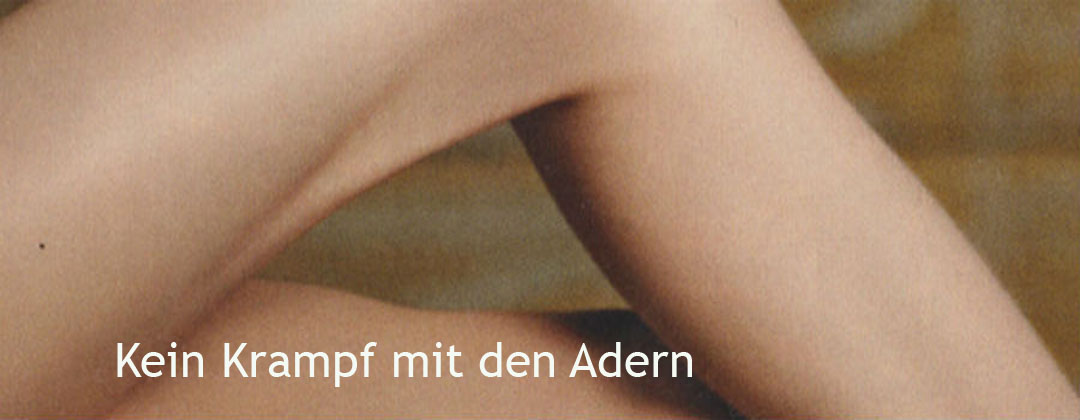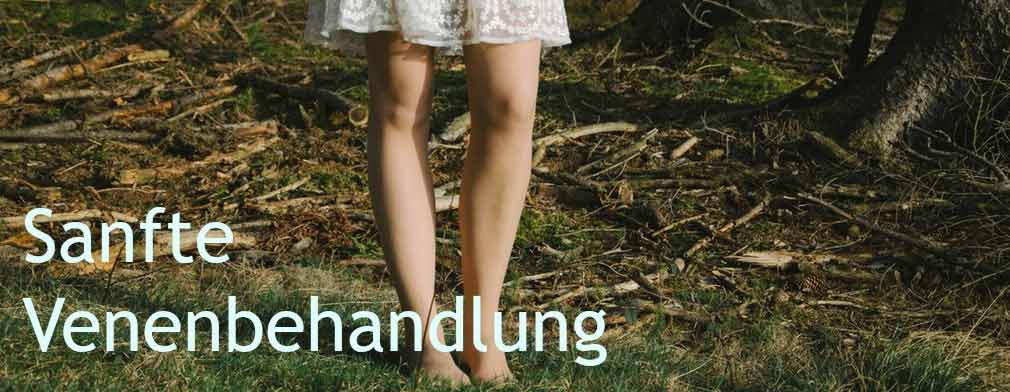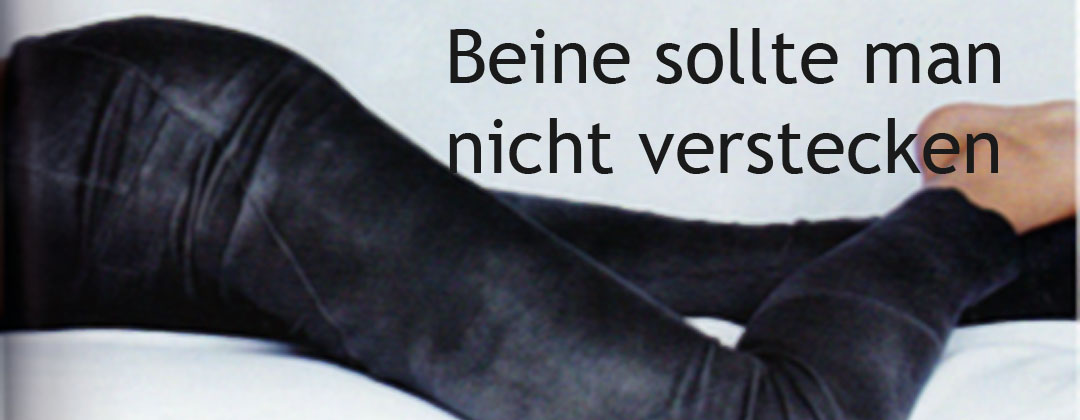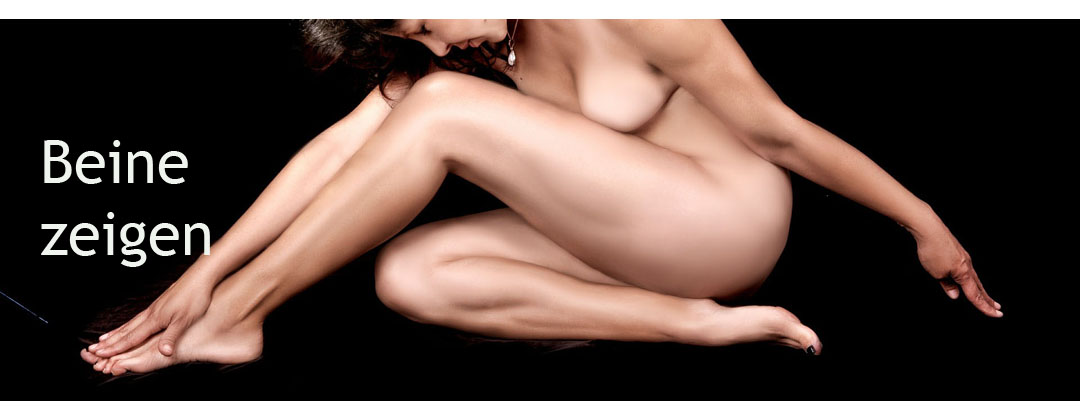Our skin
As a response to repeated contact or outside pressure our skin reacts by producing callus a especially toughened area of skin, most often found on hands or feet. This is a complete normal reaction. Under pressure from inside, however, skin reacts in opposite with a thinning of the dermal layer, a so called atrophy. This can also be seen under cortisone treatment. Such anomalies are readily identified in the clinical examination. Indeed, when a lower limb is raised, a true depression is formed in this area. Conversely, when the subject is erect, the incompetent vein is subjected to tension by blood due to reflux and a protruding ampullar dilatation covered with thin skin known as a “varicose pearl” can be identified.
Bleeding
After time skin over varicose veins will get thinner and a bluish dark vein can be seen through the skin. Trauma or sheering may cause skin rupture and dramatic bleeding termed term “bleeding varices” can result. In terms of aetiology, primary varices most often are the main cause of such bleeding, but episodes of bleeding can occur due to congenital venous malformations, in particular with a dominant arteriovenous shunt. Bleeding occurs less often in a pre-existing ulcer, and it is the inflammatory or infectious process which erodes the vascular wall.
Clinically, varicose haemorrhage almost always occurs in a subject in erect posture and who presents with varices of several years’ duration and that have produced skin changes possibly including a venous ulcer. A context of minor, unremarkable trauma is often found. If the patient has not been told what measures to take, he or she may remain in a vertical position and bleeding continues, and can even result in death. Such episodes of haemorrhages have a recurrent feature if their cause is not treated.
What to do if varices bleed
If bleeding occurs while standing, the blood flow is too high for coagulation to process and bleeding persists. Immediate treatment is simple. The patient should be made to lie down with the affected limb raised, a foam cushion is placed over the area where the bleeding occurred, and then compression with a bandage is applied. The patient is allowed to get up after a few hours of compression therapy, under a doctor’s supervision.
At first treatment is limited to sclerotherapy started locally by injecting the sclerosing agent into telangiectasias, “varicose pearls” and especially tributary varices. Such local sclerotherapy can be supplemented by endovenous laser treatment of the large saphenous vessels and their branches. In post-thrombotic syndromes, local sclerotherapy can be considered, but it should always be supplemented by continuous compression therapy. Venous malformations require a thorough clinical evaluation and treatment in specialized multidisciplinary centres.
Preventive therapy consists of covering the skin area with a gel or foam pad with whenever an examination reveals the existence of a lesion likely to produce a varicose haemorrhage.
REMEMBER
Superficial varicose veins can sometimes cause minor problems like bruising or bleeding if you scratch or cut the skin over a larger vein. Small blood clots may occasionally form in the surface veins (superficial phlebitis). Most of these problems can be safely treated at home.
If you bump your leg so hard that you know it is likely to bruise, elevate your leg and apply ice or a cold pack as soon as you can for the next hour or two. This may help reduce the amount of bleeding under the skin and minimize bruising.
If you cut or scratch the skin over a vein, it may bleed a lot. Elevate your leg and apply firm pressure with a clean bandage over the site of the bleeding. Continue to apply pressure for a full 15 minutes. Do not check to see if the bleeding has stopped sooner. If the bleeding hasn’t stopped after 15 minutes, apply pressure again for another 15 minutes. You can repeat this up to three times for a total of 45 minutes.
More information on functional testing for venous disease Venous Disease
If you have questions about this information, please don’t hesitate to contact us:



